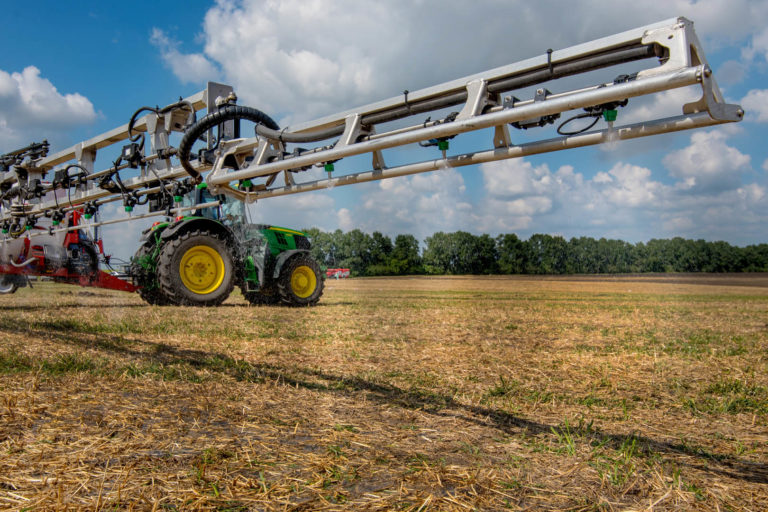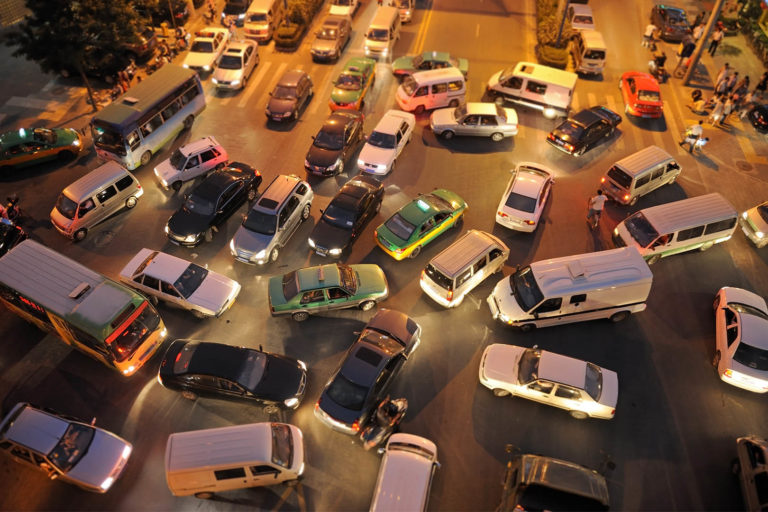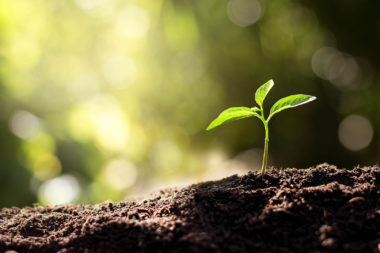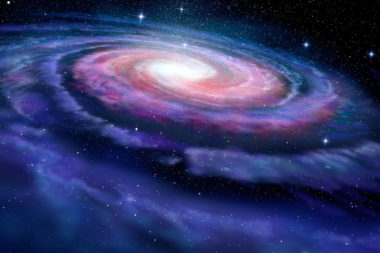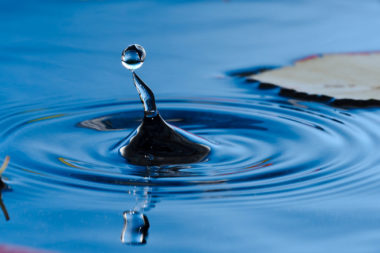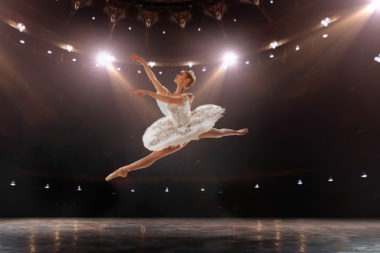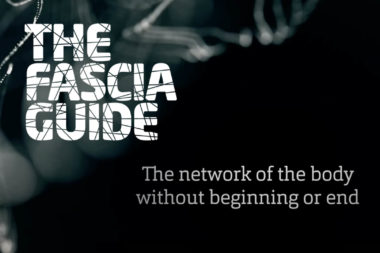
Back pain
Explaining various forms of back pain such as Low back pain / Lumbar pain / Lumbago / Crick
Related post: Low Back Pain Causes
Low back pain
Low back pain is when you have pain in the lower part of the back, the lumbar region. More than 80% of the swedish population, is considered to be suffering from back pain. Every fifth doctor’s visit can be related to some form of back pain.
- The diagnosis of Lumbago (which in Latin means pain in the lumbar back) means that you have pain in the lower back pain, it says nothing abaout the cause.
- It entails large social costs due to reduced work capacity and also entails large medical resources.
- In the majority of cases of back pain, you do not know what the cause is, so-called idiopathic back pain.
Most often, regular back pain starts as a weak, nagging pain and fatigue feeling in the lower back. The ache gradually increases and usually also gets worse when you strain your back.
Crick
Crick is acute back pain (acute lumbago). The pain suddenly arises, for example when you lift something or turn your back suddenly. It is often a throbbing, cutting pain with cramping muscles, and often the pain is so severe that you find it difficult to move.
Upper back pain and mid-back pain
Upper back pain and mid-back pain are pain in the thoracic part of the back. It ranges from the base of the neck to the lumbar back. For example it can hurt between the shoulder blades. Most often it is due to overstretched muscles and fascia but it can also be pain from the heart or lungs. Problem from the heart can feel like a pressure band around the chest and you can also get difficulties to breath and high heart rate, especially when exercise. The pain can also radiate into an arm, usually the left.
The most common, however, is that the pain comes from the fascia around the upper back muscles. Often because of overstrain when you want and perform more than you are trained for.
Even sitting and leaning forward in front of a computer, driving a car, riding, etc., makes it possible to get shorter in muscles of the chest (front) and the muscles of the upper back have to hold in an extended position (there will be an imbalance between the front and back myofascial chains).
Lumbago with sciatica
Lumbago with sciatica is when you simultaneously with the low back pain get a radiating pain going down one leg, to the knee or down to the foot. This means that the sciatic nerve is irritated. Either it is squeezed right up at the nerve roots of some of the lumbar vertebrae where it exits from the spinal cord (true sciatica, due to herniated disc) or that it has been squeezed by cramping muscles (so called false sciatica), for example piriformis syndrome, due to stress loading, tilted pelvis, overstretching, bad posture etc. True sciatica can also cause loss of sensation and weakness in the leg, which is not the case of false sciatica. You can also have sciatic pain without back pain.

